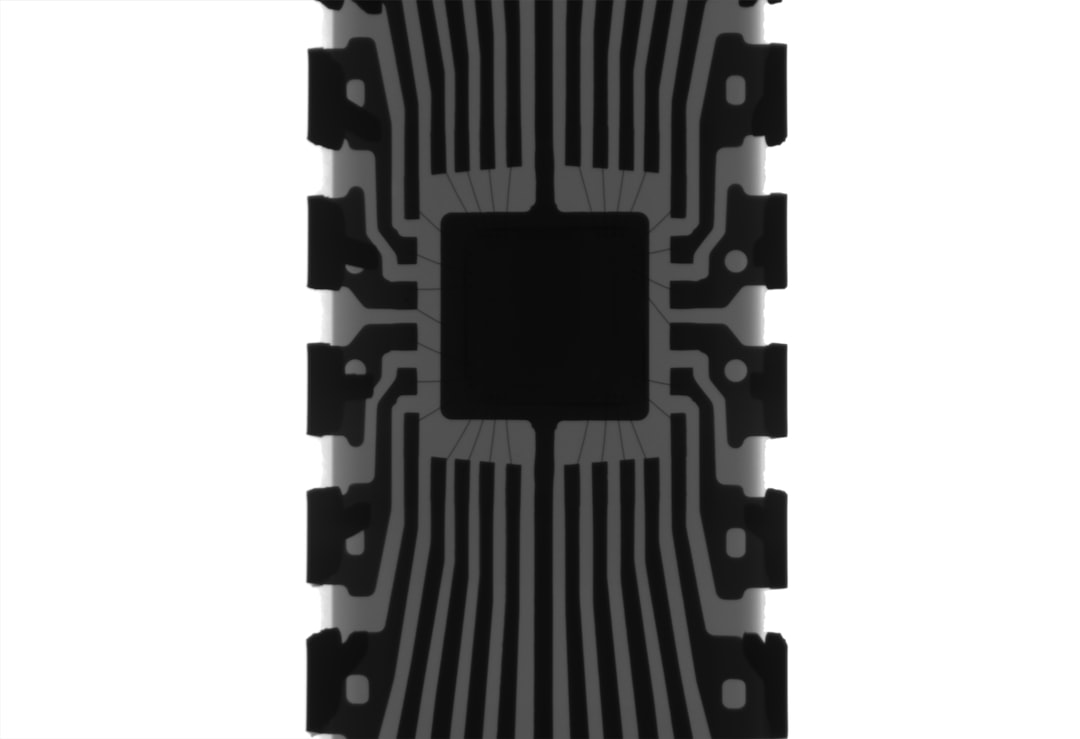What is it about?
This article discusses a particular way of helping seeds to absorb water better using what's known as cold plasma, which is a mild form of lightning. The idea is to make seeds more ready to grow and more resistant to disease without using chemicals. We used electrical measurements to understand how cold plasma-treated seeds interact with water differently from untreated seeds. We found that plasma treatment alters the way water adheres to seeds, increasing their ability to retain water, without changing the inside of the seed too much. This could be a major step forward for environmentally-friendly agriculture, helping us to grow plants more efficiently and sustainably.
Featured Image

Photo by Maddi Bazzocco on Unsplash
Why is it important?
This research is significant because it offers an innovative and environmentally friendly method to improve seed germination and health. By using cold plasma — a cool, safe form of gas energized by electricity — instead of chemicals, it helps seeds absorb water more efficiently and could lead to stronger, healthier plants. This approach is particularly timely as there's a global push to reduce chemical use in agriculture due to environmental concerns. The study's findings could appeal to farmers looking for sustainable practices, seed companies interested in improving their products, and environmentalists seeking to reduce the agricultural carbon footprint. This work is a step forward in the science of plant growth and could have widespread implications for food production and sustainability.
Perspectives
From my perspective, this publication represents more than just a scientific study; it's a promising gateway to the future of agriculture. It showcases a harmony between technology and nature, illustrating how cutting-edge science like cold plasma can enhance the very essence of plant life—seeds—in a way that's aligned with ecological values. By moving away from heavy chemical use, we’re not just experimenting with an alternative; we’re taking a step toward preserving our ecosystem. This research speaks to our need to innovate sustainably, considering the well-being of the planet and future generations. It has the potential to inspire a paradigm shift in how we approach food production and environmental stewardship.
Dr Thierry Dufour
Read the Original
This page is a summary of: Treatment of seeds by cold ambient air plasma: combining impedance measurements with water sorption modeling to understand the impact of seed hydration, Journal of Physics D Applied Physics, April 2024, Institute of Physics Publishing,
DOI: 10.1088/1361-6463/ad3838.
You can read the full text:
Contributors
The following have contributed to this page










